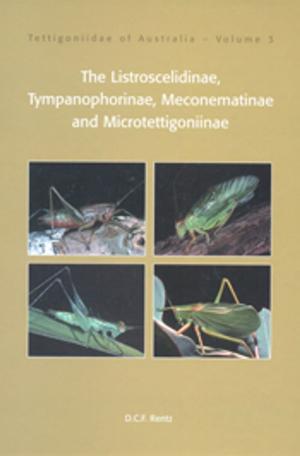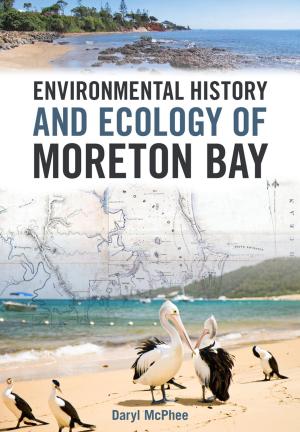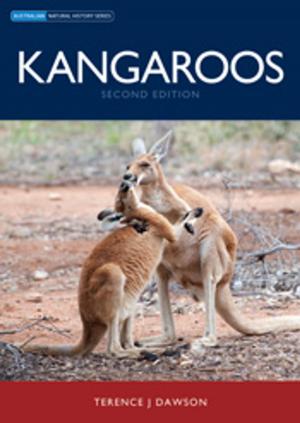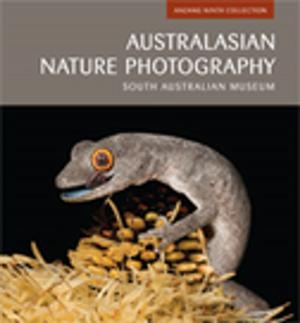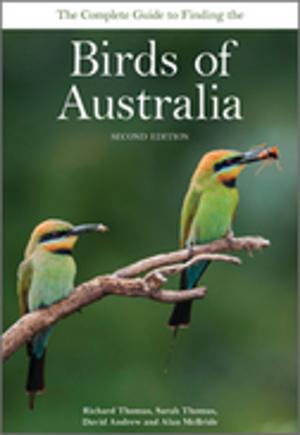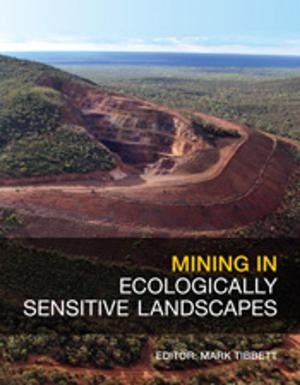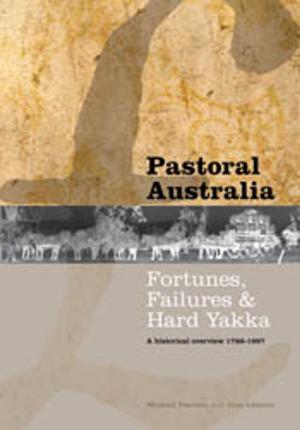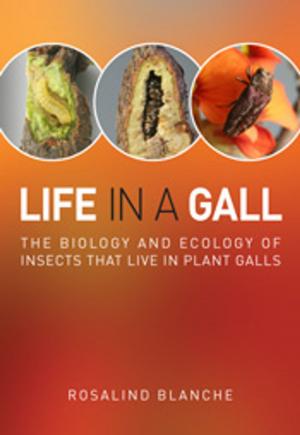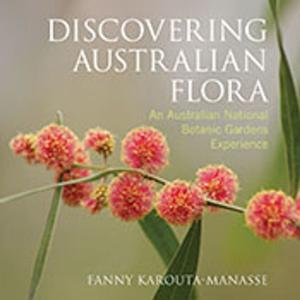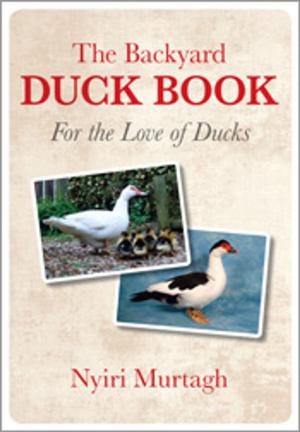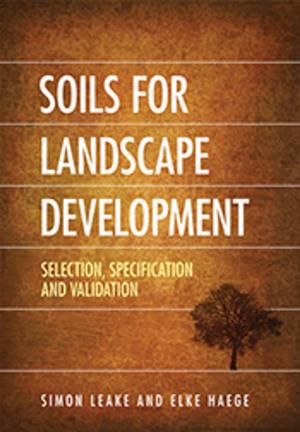Booderee National Park
The Jewel of Jervis Bay
Nonfiction, Science & Nature, Nature, Science, Business & Finance| Author: | David Lindenmayer, Christopher MacGregor, Nick Dexter, Martin Fortescue, Esther Beaton | ISBN: | 9781486300440 |
| Publisher: | CSIRO PUBLISHING | Publication: | March 3, 2014 |
| Imprint: | CSIRO PUBLISHING | Language: | English |
| Author: | David Lindenmayer, Christopher MacGregor, Nick Dexter, Martin Fortescue, Esther Beaton |
| ISBN: | 9781486300440 |
| Publisher: | CSIRO PUBLISHING |
| Publication: | March 3, 2014 |
| Imprint: | CSIRO PUBLISHING |
| Language: | English |
Booderee National Park at Jervis Bay, 200km south of Sydney, attracts over 450 000 visitors each year. The park has many special features, including dramatic wave cut platforms and sea caves, some of the whitest beach sands in Australia, and very high densities of native predators such as the Powerful Owl and the Diamond Python. This book outlines the biology and ecology of Booderee National Park. Booderee packs an extraordinary level of biodiversity into a small area (roughly 6500 hectares), with more than 260 species of terrestrial vertebrates and over 625 species of plants. It is home to species of significant conservation concern, such as the globally endangered Eastern Bristlebird for which the park is one of its last and most important strongholds. The diversity of vegetation is also astounding: in some parts of the park, it is possible to walk from ankle-high sedgelands, through woodlands and forest and into subtropical rainforest in less than 150 metres. Chapters are arranged around key ecological processes – predators and predation, herbivores and herbivory, invasive plants and fire – emphasising the interactions between species, between vegetation and animals, and between disturbances and animal and plant responses. The book highlights how Booderee National Park is a functional natural ecosystem and, in turn, how management practices aim to improve environmental conditions and promote biodiversity conservation. Richly illustrated with colour images from award-winning photographer Esther Beaton, this book will delight visitors to Booderee National Park as well as anyone with an interest in natural history.
Booderee National Park at Jervis Bay, 200km south of Sydney, attracts over 450 000 visitors each year. The park has many special features, including dramatic wave cut platforms and sea caves, some of the whitest beach sands in Australia, and very high densities of native predators such as the Powerful Owl and the Diamond Python. This book outlines the biology and ecology of Booderee National Park. Booderee packs an extraordinary level of biodiversity into a small area (roughly 6500 hectares), with more than 260 species of terrestrial vertebrates and over 625 species of plants. It is home to species of significant conservation concern, such as the globally endangered Eastern Bristlebird for which the park is one of its last and most important strongholds. The diversity of vegetation is also astounding: in some parts of the park, it is possible to walk from ankle-high sedgelands, through woodlands and forest and into subtropical rainforest in less than 150 metres. Chapters are arranged around key ecological processes – predators and predation, herbivores and herbivory, invasive plants and fire – emphasising the interactions between species, between vegetation and animals, and between disturbances and animal and plant responses. The book highlights how Booderee National Park is a functional natural ecosystem and, in turn, how management practices aim to improve environmental conditions and promote biodiversity conservation. Richly illustrated with colour images from award-winning photographer Esther Beaton, this book will delight visitors to Booderee National Park as well as anyone with an interest in natural history.

